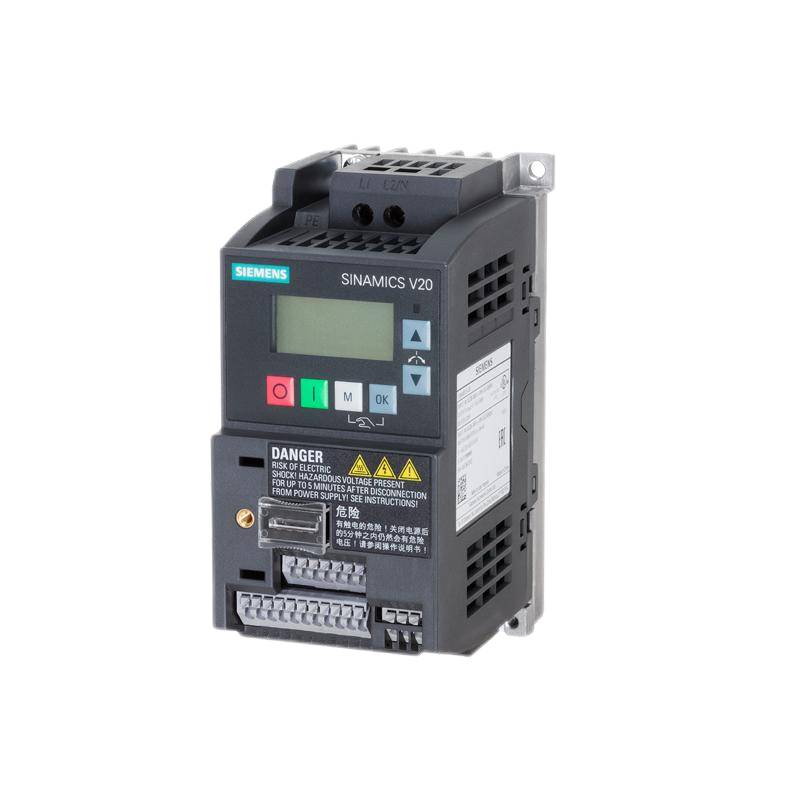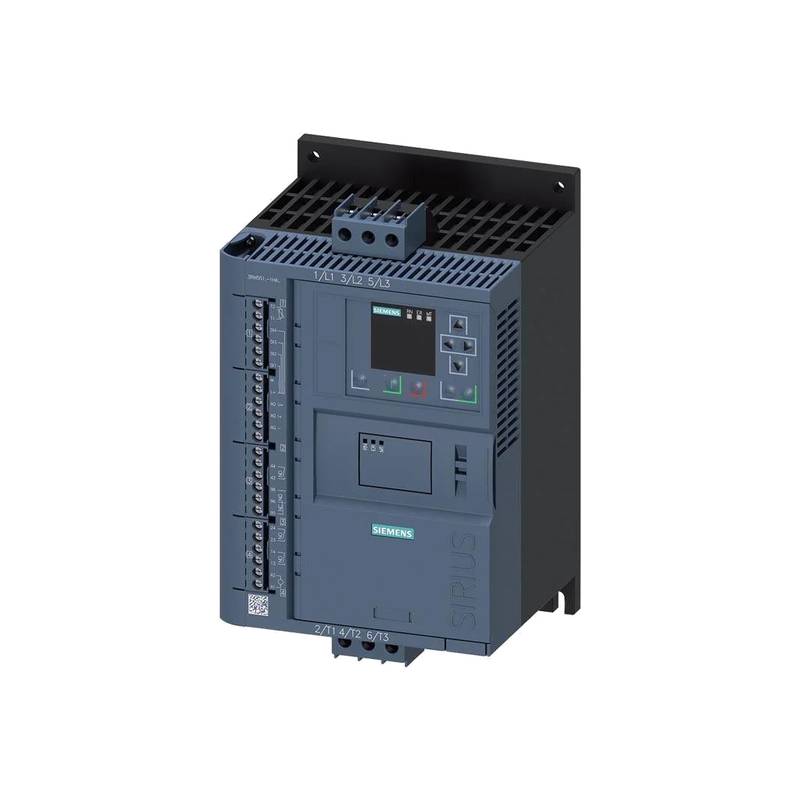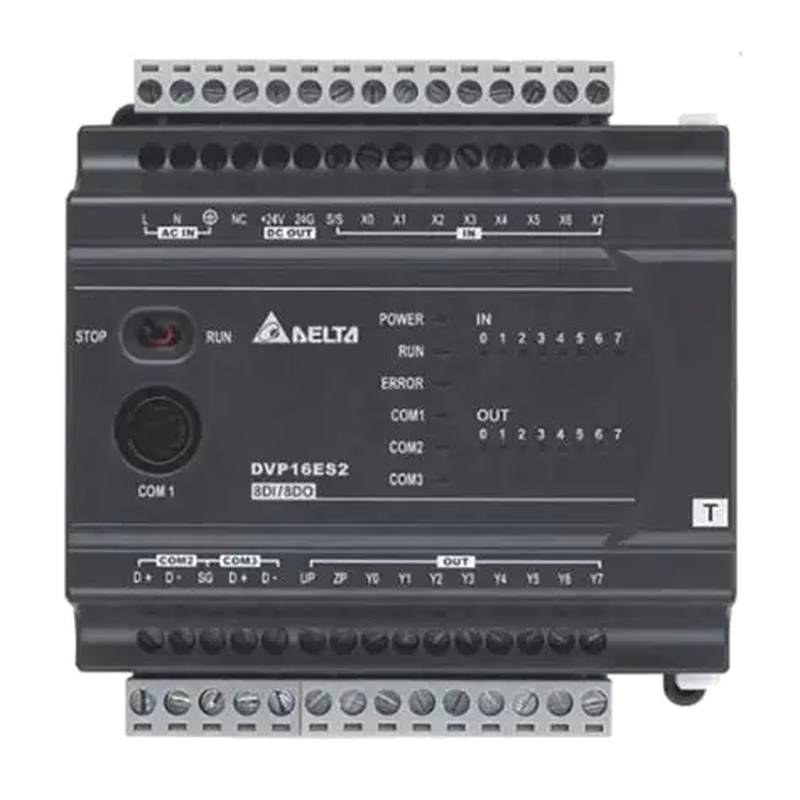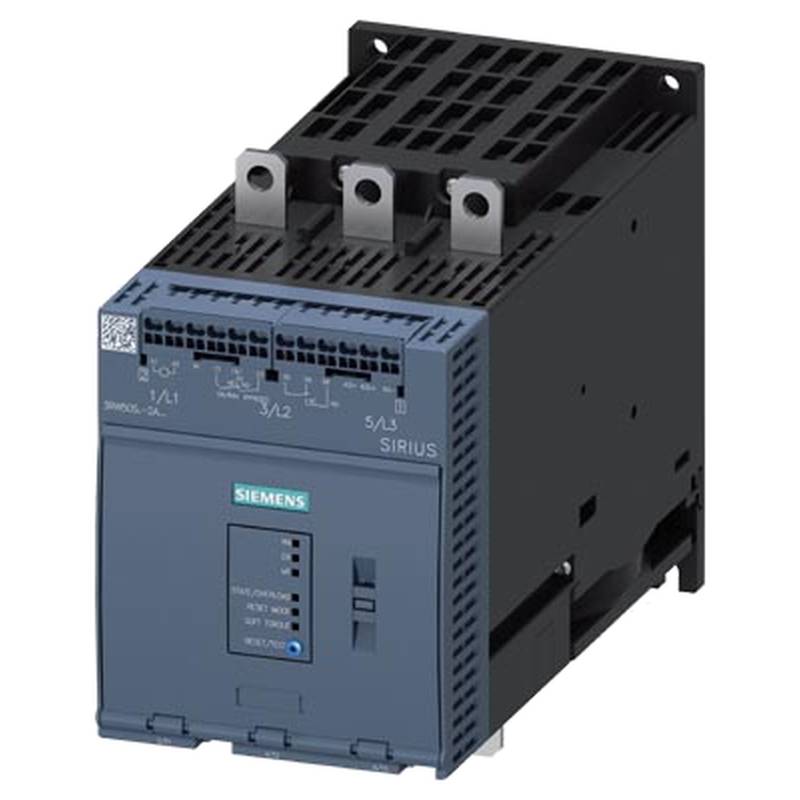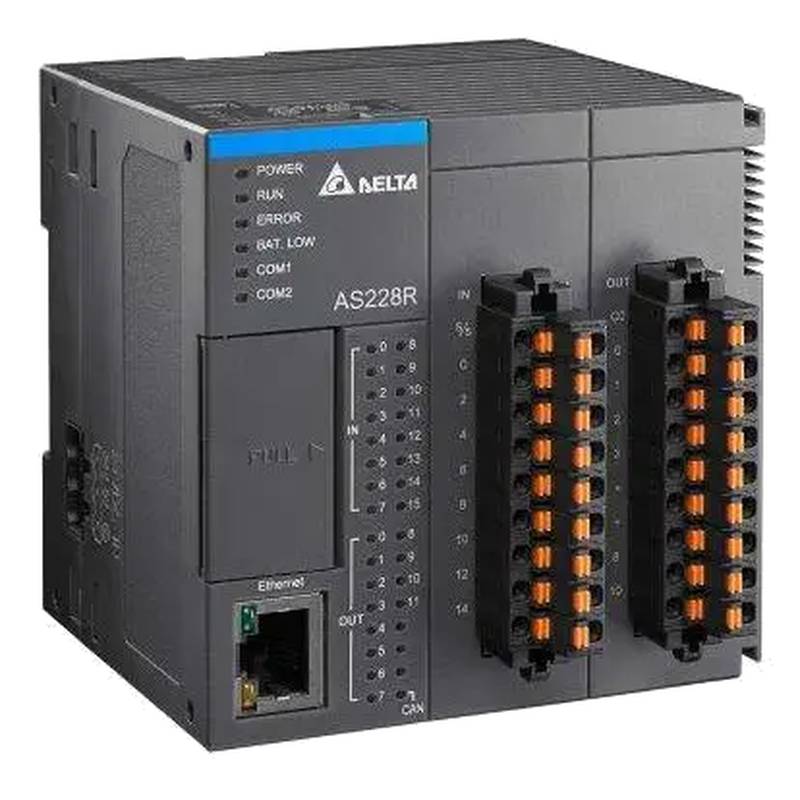
The Moxa ioLogik E1212 is a robust remote I/O module designed for demanding industrial automation applications, offering unparalleled reliability and flexibility. Its standout advantages include high-speed data acquisition, extensive digital I/O capabilities, and a compact form factor suitable for space-constrained environments. The module boasts an impressive IP30 protection rating, ensuring operation in challenging industrial settings. With 8 digital inputs and 4 digital outputs, the E1212 provides versatile connectivity for a wide range of devices. Its operating temperature range of -40 to 85°C underscores its suitability for extreme conditions.
Product Specifications
| Feature | Specification |
| :------------------- | :----------------------------------------------- |
| Digital Inputs | 8 (Sink/Source configurable) |
| Digital Outputs | 4 (Relay outputs) |
| Input Voltage Range | 0-30 VDC |
| Output Load | 5A @ 30 VDC; 5A @ 125/250 VAC |
| Isolation Voltage | 2 kV |
| Communication Interface | RS-485 (2-wire) |
| Baud Rate | 2400 bps to 115200 bps |
| Protocol Support | Modbus/RTU, Moxa |
| Power Input | 12-36 VDC |
| Power Consumption | Typically < 2 W |
| Operating Temperature| -40 to 85°C |
| Dimensions | 31.5 x 104 x 77 mm |
| Mounting | DIN-rail |
| Protection Rating | IP30 |
Core Features & Market Positioning
The Moxa ioLogik E1212 distinguishes itself through its exceptional value proposition in the remote I/O market. Its core strength lies in the seamless integration of a high density of digital inputs and outputs within a single, cost-effective unit. This module directly addresses the industry's need for reliable data acquisition and control in distributed systems, positioning it as a top choice for system integrators and automation engineers. Unlike less integrated solutions, the E1212 simplifies wiring and reduces the overall footprint of control panels, leading to significant cost savings in installation and maintenance. Its robust build quality and wide operating temperature range further solidify its market position as a dependable component for mission-critical operations.
Key Application Scenarios
The versatility of the Moxa ioLogik E1212 makes it an ideal solution for numerous industrial scenarios. It excels in building automation, monitoring and controlling lighting, HVAC systems, and security sensors. In factory automation, it efficiently manages machine status, actuator control, and alarm signaling, contributing to enhanced operational efficiency. The module is also well-suited for power and utility applications, enabling remote monitoring of substations, switchgear status, and power quality data. Furthermore, its robust design makes it a reliable choice for environmental monitoring, collecting data from sensors and controlling remote equipment in challenging outdoor conditions.
Practical System Integration Guidance
Integrating the Moxa ioLogik E1212 into existing industrial networks is a straightforward process, primarily leveraging its RS-485 communication interface and Modbus/RTU protocol support. For physical connections, the module features screw terminals for power and I/O wiring. The digital inputs can be configured as either sink or source type, requiring careful consideration of the connected sensor's output to ensure proper signal reception. The relay outputs are suitable for switching higher voltage or current loads, and appropriate wiring practices for AC and DC circuits must be followed to ensure safety and reliability. When configuring the module for a Modbus network, setting the correct communication parameters (baud rate, data bits, parity, stop bits) on both the E1212 and the master controller is crucial for establishing communication. Moxa's ioFACET software or common SCADA systems can be used to poll the module's registers, allowing for real-time data acquisition and control command issuance.
Operation and Risk Mitigation
Operating the Moxa ioLogik E1212 requires adherence to standard industrial safety protocols, particularly concerning the wiring of power and output circuits. While the module itself is designed for high reliability, improper installation or connection to incompatible loads can lead to malfunctions. It is essential to ensure that the voltage and current ratings of the connected devices do not exceed the specifications of the E1212's relay outputs to prevent damage. Overvoltage protection on the power input is recommended, especially in environments with unstable power grids. Regular inspection of wiring for signs of wear or damage, and ensuring proper grounding, are vital steps in mitigating operational risks. In the event of communication loss, typical troubleshooting involves verifying the RS-485 wiring polarity and termination, checking the communication settings on both the master and slave devices, and confirming that the E1212 is powered correctly.
Scalability & Long-Term Value
The Moxa ioLogik E1212 offers significant scalability and long-term value within an industrial automation architecture. Its modular design allows for easy expansion of I/O points by simply adding more ioLogik modules to the RS-485 network, enabling systems to grow alongside operational demands without requiring a complete overhaul of the control infrastructure. Compatibility with the widely adopted Modbus/RTU protocol ensures seamless integration with a vast array of existing SCADA systems, PLCs, and other industrial devices from various manufacturers, providing flexibility and avoiding vendor lock-in. Furthermore, the E1212's robust construction and Moxa's commitment to product longevity mean it can reliably serve in an industrial environment for many years, making it a sound investment for long-term operational efficiency and the gradual transition towards Industrial Internet of Things (IIoT) enabled solutions.
Frequently Asked Questions
What is the maximum voltage for the digital inputs on the Moxa ioLogik E1212?
The Moxa ioLogik E1212 supports digital inputs with a voltage range of 0-30 VDC. This wide range allows for flexibility in connecting various types of digital sensors and switches common in industrial settings. It is crucial to ensure that the sensor's output voltage does not exceed this specified limit to prevent damage to the module's input circuitry.
The 0-30 VDC range accommodates both 12V and 24V digital signals, which are prevalent in industrial automation systems. Proper wiring and grounding are essential for accurate signal acquisition and to avoid electrical noise interference. Always consult the sensor's datasheet to confirm its voltage output characteristics before connecting it to the E1212.
By offering a broad input voltage tolerance, the ioLogik E1212 simplifies sensor selection and integration. This feature enhances its usability across diverse applications where different voltage levels might be encountered.
How do I wire the relay outputs of the Moxa ioLogik E1212?
The Moxa ioLogik E1212 features four relay outputs, each capable of handling significant loads up to 5A. For DC loads, the maximum is 5A at 30 VDC, and for AC loads, it's 5A at 125/250 VAC. When wiring, ensure the common terminal of the relay is connected to the appropriate power source (positive for DC, line for AC) and the normally open (NO) or normally closed (NC) terminal is connected to the load.
It is critical to adhere to electrical safety standards during wiring, especially when dealing with AC power. Use appropriately rated wires and ensure all connections are secure to prevent short circuits or loose contacts. Consider using fuse protection on the output circuits for added safety and to prevent damage to the module or connected equipment in case of a fault.
Proper wiring practices will ensure the longevity and reliable operation of the relay outputs. Always double-check the wiring configuration against the intended circuit logic before applying power to prevent incorrect operation or potential equipment damage.
What communication protocol does the Moxa ioLogik E1212 use for remote data acquisition?
The Moxa ioLogik E1212 primarily utilizes the Modbus/RTU protocol for its communication over the RS-485 interface. This is a widely adopted serial communication standard in industrial automation, ensuring broad compatibility with various master devices like PLCs, HMI panels, and SCADA systems. The module acts as a Modbus slave device.
In addition to Modbus/RTU, the E1212 also supports Moxa's proprietary protocol. This can offer enhanced features or performance when communicating with other Moxa devices or software platforms. Selecting the appropriate protocol depends on the existing infrastructure and desired system capabilities.
Configuration of the communication parameters, including baud rate, parity, data bits, and stop bits, is essential for establishing a stable connection. This setup must be consistent between the E1212 module and the master controller to enable successful data exchange and remote control.




















